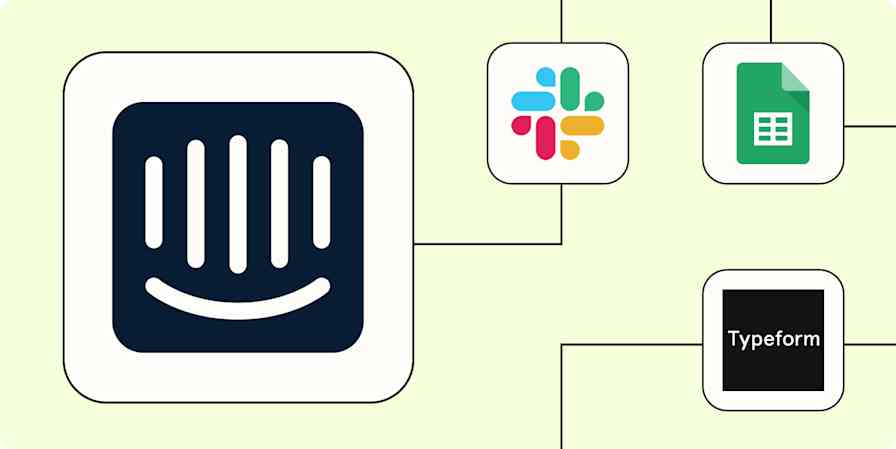Business tips
5 min readHow to create a chatbot that works for you and your customers
By Akram Tariq Khan · February 1, 2021

Get productivity tips delivered straight to your inbox
We’ll email you 1-3 times per week—and never share your information.
Related articles
Improve your productivity automatically. Use Zapier to get your apps working together.








